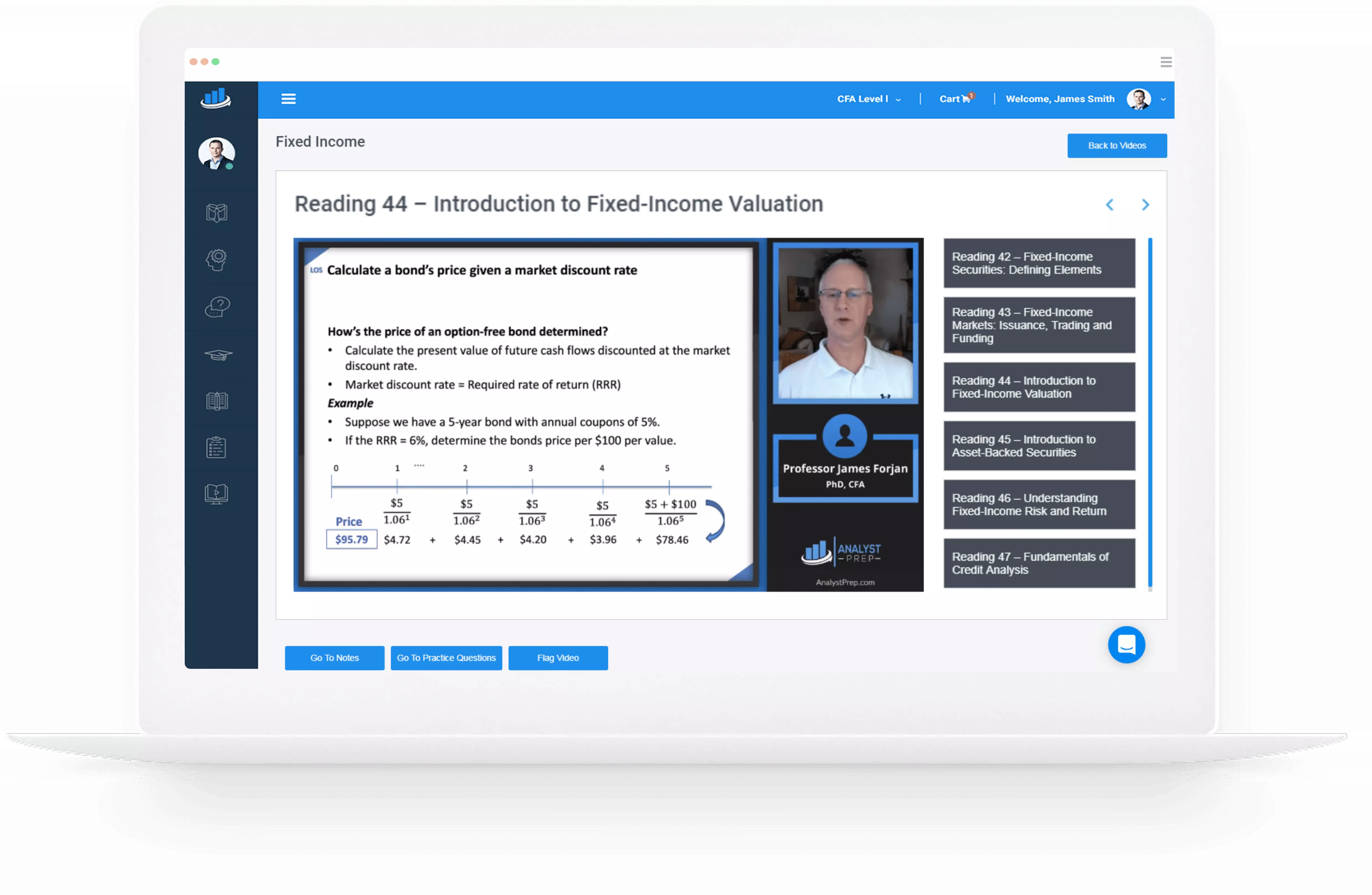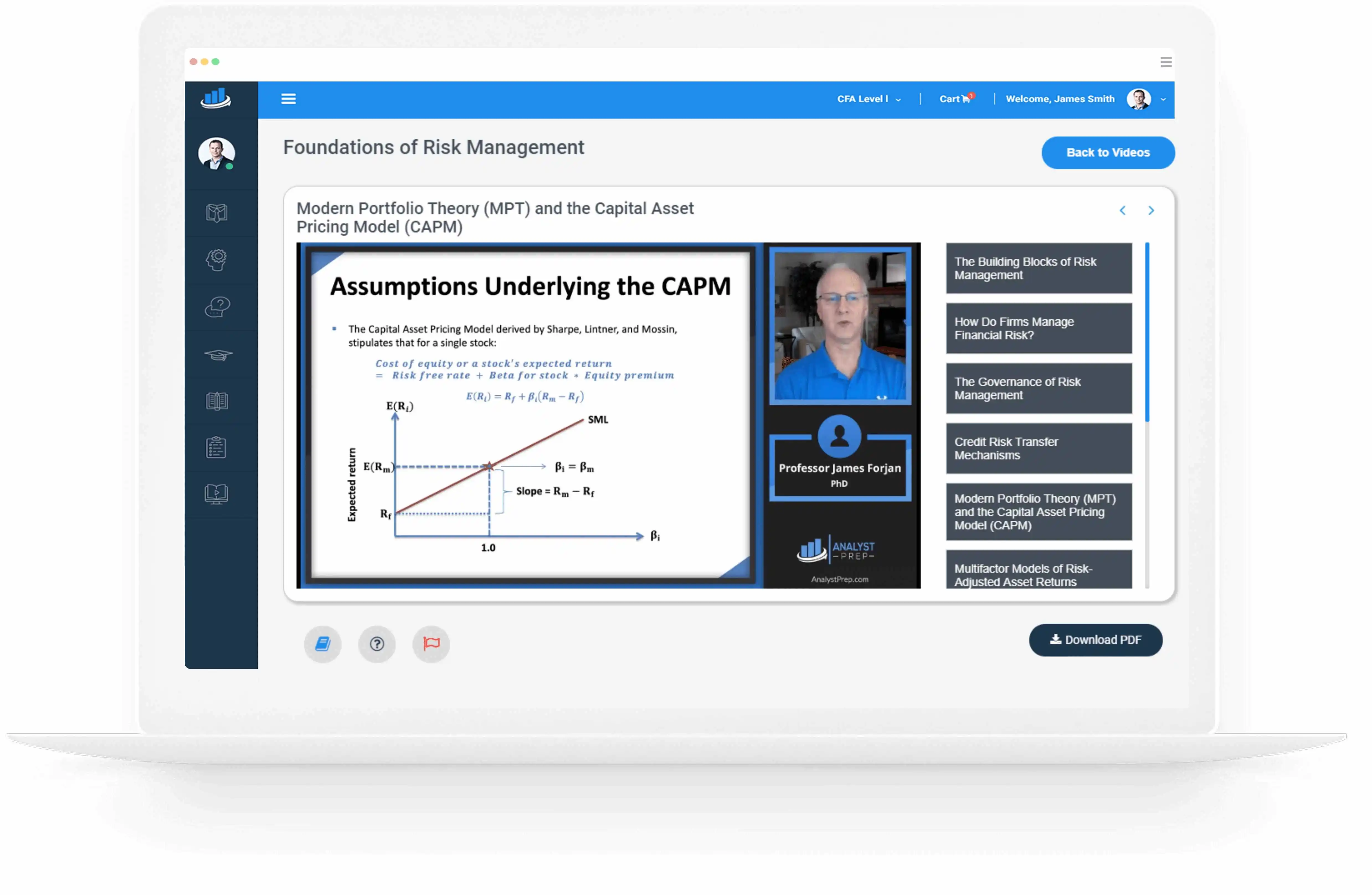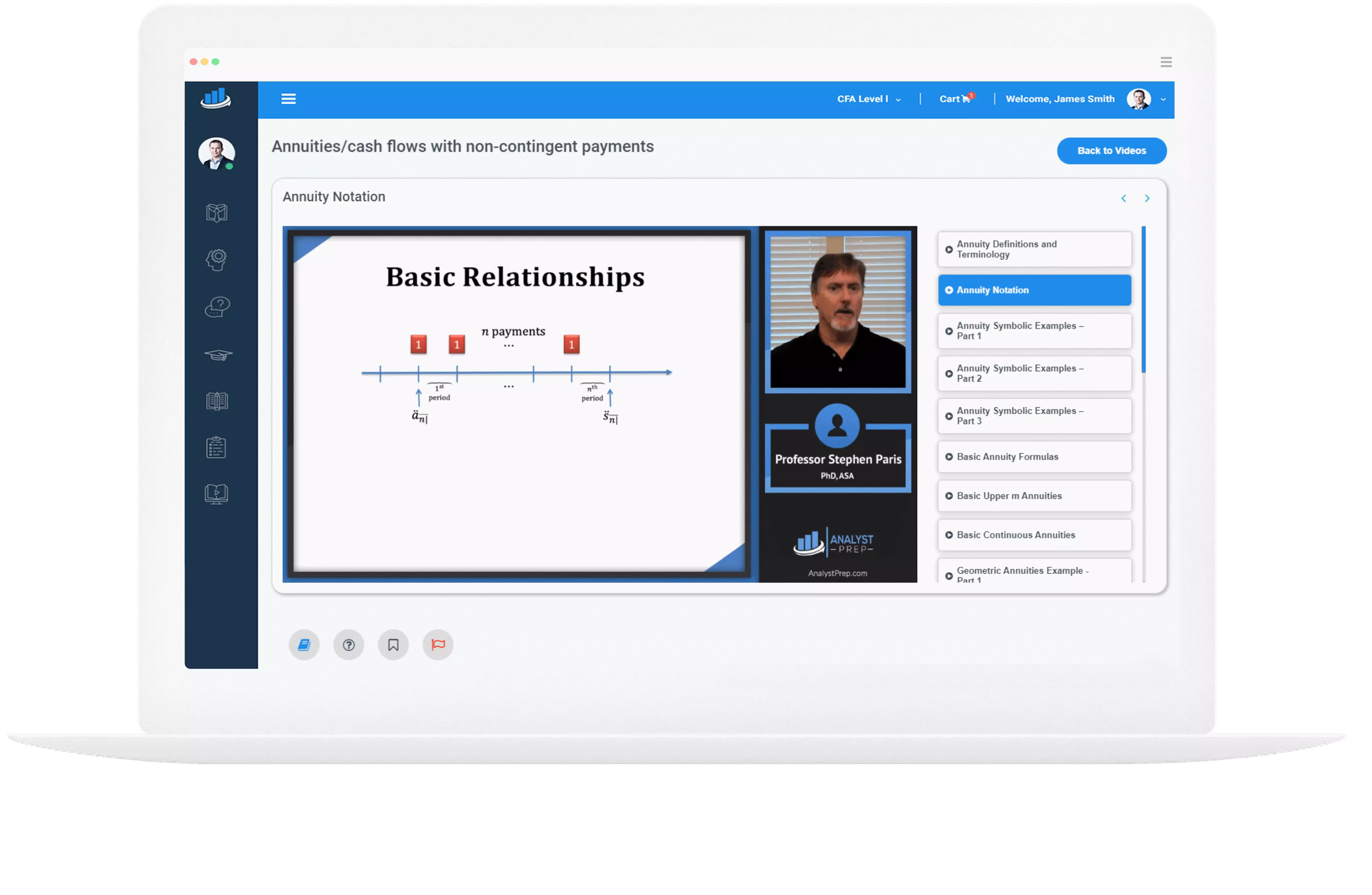Liability-Relative Asset Allocation
Liability-relative approaches first view the cash flows of the sponsoring organization in question and then attempt to build a portfolio of securities that will satisfy these payments as they come due. This is in contrast to the popular asset-only approach…
Global Classification of Asset Classes
The global market portfolio is the weighted sum of every asset globally. It represents a well-diversified asset allocation that can serve as a baseline approach and help mitigate concentrated outputs often arrived at by MVO. The asset mix is adjusted…
Study Notes for CFA® Level III – Derivatives and Currency Management – offered by AnalystPrep
Reading 17: Options Strategies Los 17 a: Demonstrate how an asset’s returns may be replicated by using options Los 17 b: Discuss the investment objective(s), structure, payoff, risk(s), value at expiration, profit, maximum profit, maximum loss, and breakeven underlying price…
Currency Management for Emerging Market Currencies
Managing emerging market currency risk presents a unique set of challenges, with two key considerations at the forefront: Higher trading costs: Many emerging market currencies have thin trading volumes. These occasions increase transaction costs due to broader bid-offer spreads. Additionally,…
Hedging Multiple Foreign Currencies
In this section, we delve into portfolio management and the complexities of handling multiple exposures to foreign currencies. In such cases, managers must consider the correlation among the currencies present in the portfolio. For instance, one might assume that having…
Currency Management Strategies
Managers with the flexibility to make currency exposure risk decisions can deviate from fully hedged portfolios. This leads to strategic considerations on finding the optimal level of portfolio protection and its associated cost. Various strategies are employed to reduce hedging…
Forward Contracts, FX Swaps, and Currency Options
Forwards Vs. Futures This section addresses the simplest hedging scenario: a 100% hedge ratio for a single foreign currency exposure. Both futures and forward contracts can be utilized to achieve full currency hedges, but institutional investors typically prefer forward contracts…
Active Trading Strategies and Tactical Trading Decisions
When managers pursue active trading strategies, they expose themselves to risk. This risk is due to their market views, which may not always be accurate. Additionally, increased transaction costs add to the challenges they face. As a result, managers need…
Active Currency Trading Strategies
This section will explore tactical decisions a portfolio manager can make regarding currency risk management. These decisions are driven by the Investment Policy Statement (IPS), which grants the manager some flexibility in handling the portfolio’s currency risk. This flexibility can…
Formulating a Currency Management Program
In this section, we will analyze a portfolio from a high-level perspective to make significant strategic choices that will lead to its success. It’s crucial to appreciate that hedging and the factors listed below operate on a spectrum. While the…




